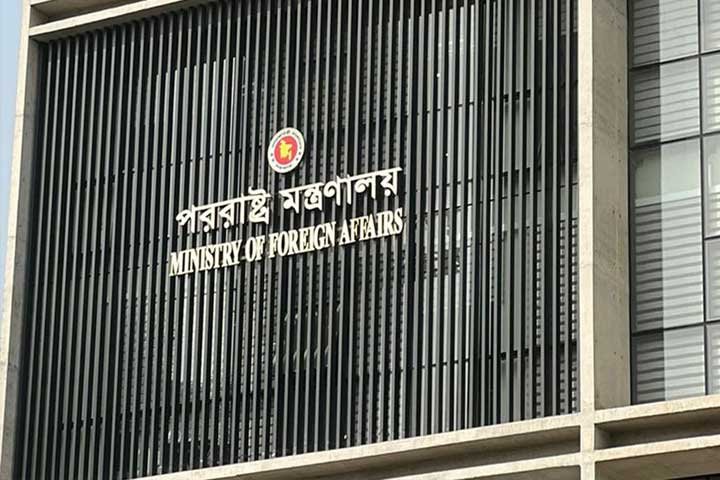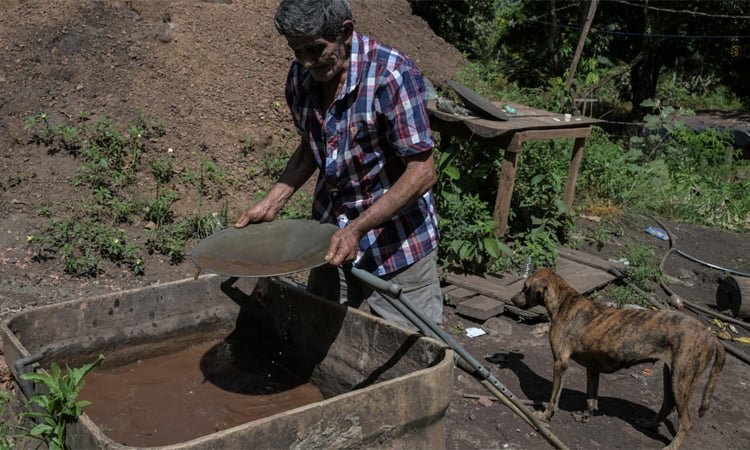A dangerous bite of urban appetites
In every corner of the urban world, from Dhaka to Lagos, street food is more than just a source of nourishment, it is a culture, an economy, and a daily ritual. A bite of chotpoti, somocha, or grilled meat skewer are available at affordable prices to millions of people. But the eco-critical magnifying lens reveals this convenience potentially paving the way to a public health hazard. With the increasing number of urban migrations swelling the number of citizens in low- and middle-income countries (LMICs), the amount of street food has increased exponentially. But its effects on the environment and health remain mostly unstudied.
The World Health Organization (WHO) has cautioned that unsafe food leads to 600 million incidences of food borne diseases every year and that 420,000 lives are lost due to food borne diseases internationally. Street food is also attributed more to the numbers in South Asia. Therefore it is important to evaluate critically the dangers lurking behind the smoke, spice, and sizzle.
Street food forms a major component of the informal economy, especially in urban South Asia. It is estimated that there are more than 100,000 vendors who offer their meals informally in Dhaka city alone and provide food to almost three million individuals per day (Dhaka South City Corporation, 2023). The city's poor use it as an income opportunity and a source of food, and the middle classes use it as a convenience.
However, this unrestrained growth does not go without its difficulties. In a report by the Bangladesh Food Safety Authority (BFSA), in 2019 street food vendors operating with formal training were found to only be at 5% when it comes to hygiene and food handling measures. There is the possibility to cause injury with this data gap -- the gap between the demand and safety -- when joined hand in hand with environmental carelessness and health naivete.
According to WHO, “safe food” does not contain any kind of pollution and is not harmful to life. WHO’s ‘five keys to safer food” manual -- which is being widely spread to food handlers around the world -- outlines: Keep clean, keep raw and cooked food separate, cook thoroughly, maintain safe temperatures on food and raw materials, and safe water should be used.
Most unfortunately, the practices involved are not the best. In a study coordinated in five cities in Bangladesh (Rajshahi, Dhaka, Chattogram, Jashore, Sylhet) in 2022, more than 62% of vendors were observed cooking and cleaning with bare surface water or untreated tap water (ICDDR,B). The pollution hazard is enormous. A 2021 publication in the Journal of Food Science and Nutrition established the presence of E coli and Salmonella spp in more than 40% of street-food samples in Dhaka. These organisms are the causes of diarrheal diseases with the WHO citing them as the second killer of children less than five years of age globally.
Street food culture does not only strain on the health of the people, it strains on the environmental sustainability as well. Majority of sellers use plastic or thermocol packaging plates or containers which are disposable. Plastic waste prosecution produces up to 1.5 tons per day in the average street food centre within Dhaka (Dhaka Waste Concern, 2023). These non-biodegradable products tend to jam the drain and flow to the rivers, which is becoming a growing microplastic problem in Bangladesh. Sellers depend vehemently on charcoal, fire woods, and kerosene cooking stoves -- these fuels also produce Particulate Matter (PM2.5) and Black Carbon which are the main causes of the urban smog.
According to the Intergovernmental Panel on Climate Change (IPCC), unsustainable food systems, from informal urban sectors, are not only victims of climate change but also contributors to it . Unless there are green interventions, the cost of urban street food to the ecology will continue to increase.
Science should guide policy as long as we are serious about the safety and sustainability of street foods. Among the solutions suggested include:
1. Vendor training
2. Eco-Friendly infrastructure
3. Biodegradable packaging
4. Periodic health and safety inspections
5. Assigned vending areas
6. Consumer awareness campaigns
Street food in cities is more than food -- it is a source of living for many and a mode of cultural expression. However, there is no denying that it presents undesirable threats to the environment and human health as it is now. WHO takes the position that food safety is the responsibility of all people. That is the vendors as well as the buyers and most significantly the policymakers.
Unless we are able to satisfy our appetite in a way that makes us ecologically and scientifically responsible, we may not be able to enjoy our culinary richness any longer on the streets. The culture of cleaner, greener, and safer street food is not in a fantasy land. It is a need, for us, for our health, our urban areas, as well as the planet we live in.




























 Caption: Tesla sales skid in Europe in May despite EV rebound
Caption: Tesla sales skid in Europe in May despite EV rebound
 Caption: Court grants bail to singer Noble in rape, confinement case
Caption: Court grants bail to singer Noble in rape, confinement case




